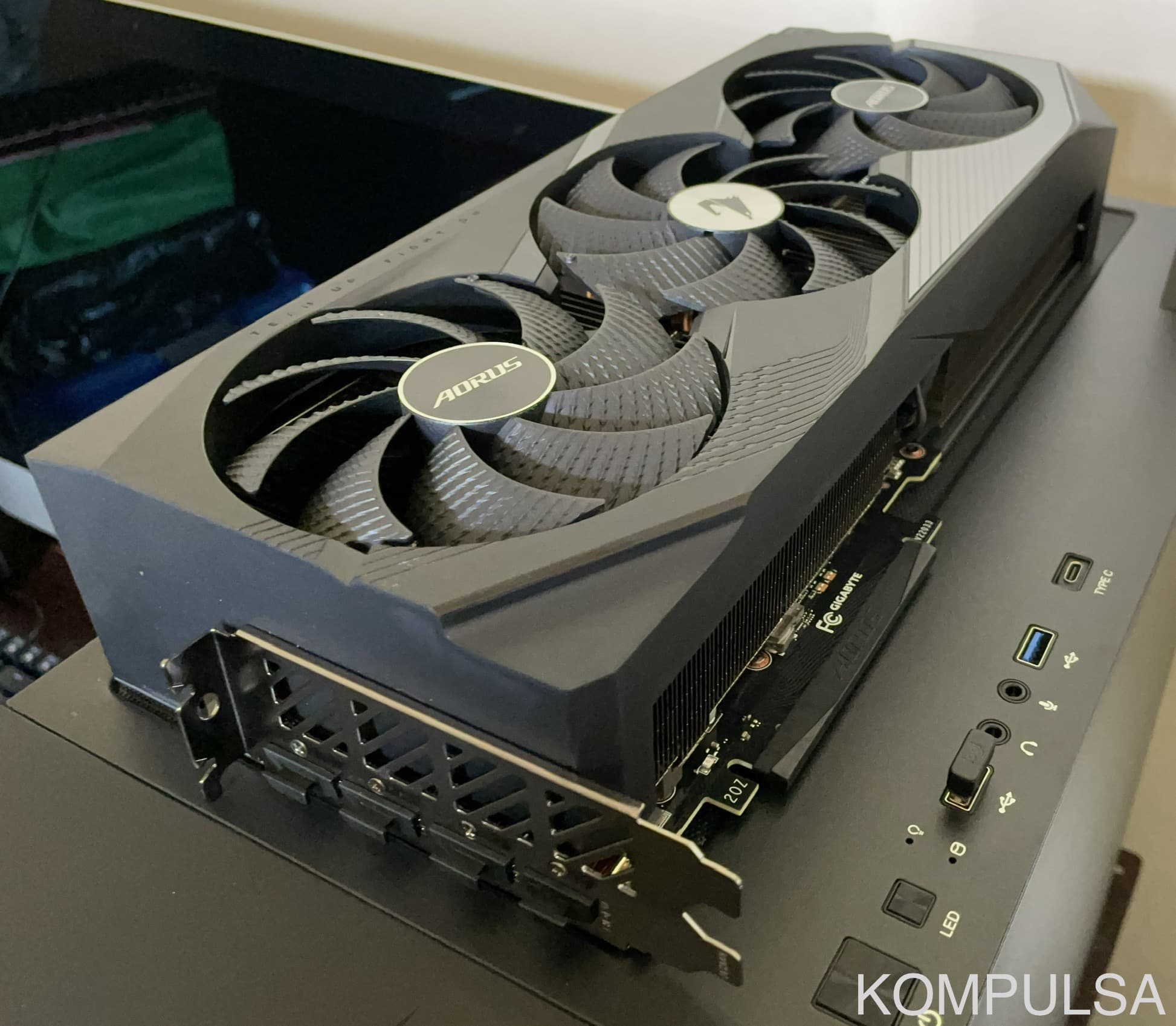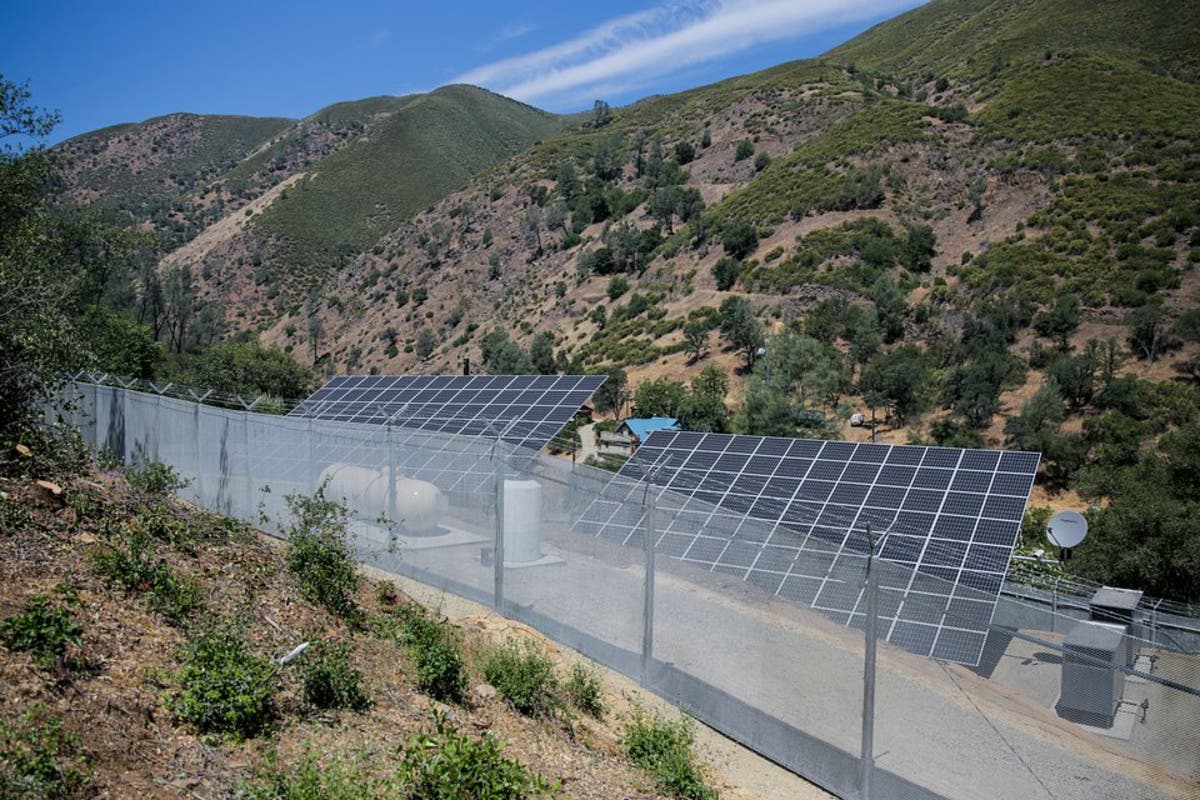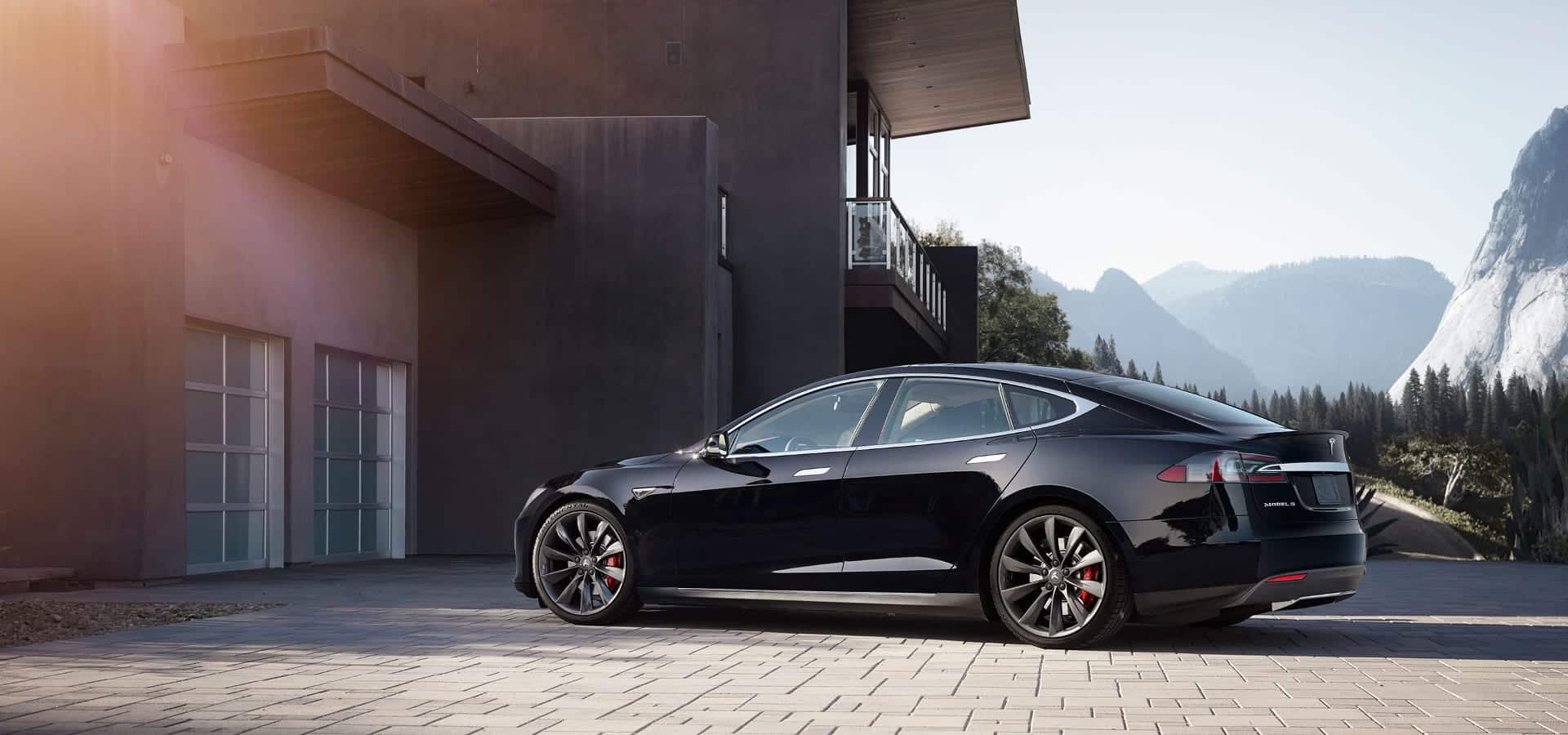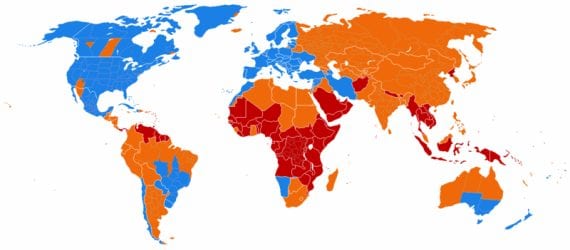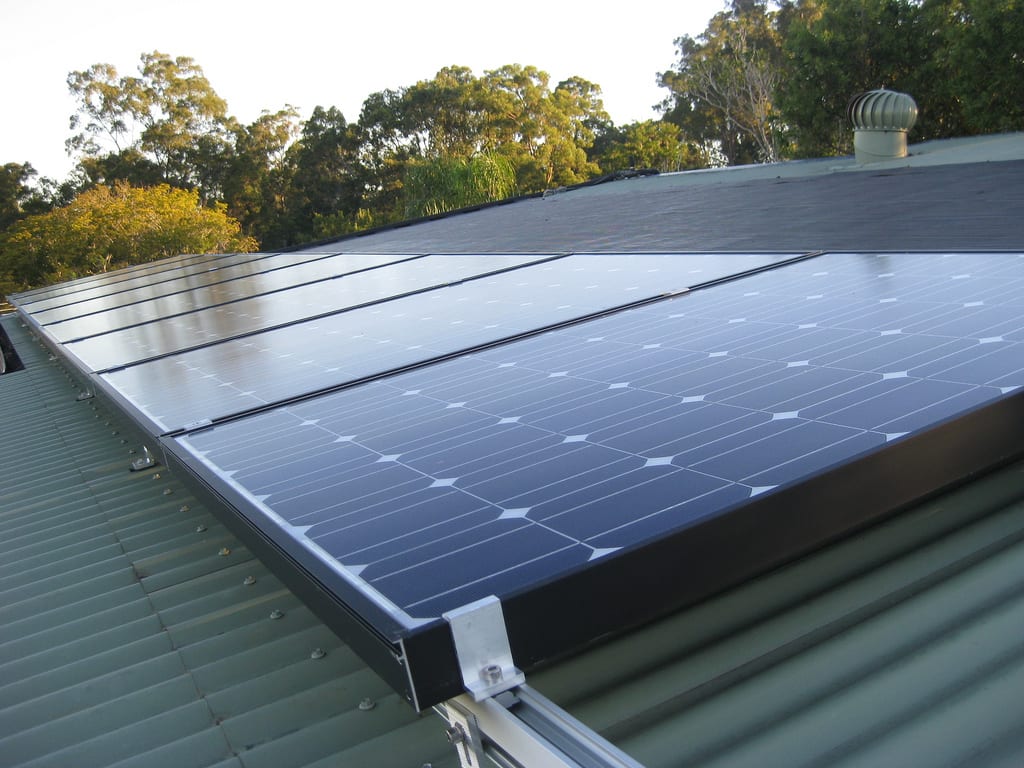Pacific Gas And Electric (PG&E) has launched a standalone microgrid in Mariposa County, which is near Yosemite National Park. The remote microgrid was constructed and installed by BoxPower and it will not be dependent on the main power grid.
Remote areas often obtain power by extending the main power grid to them so they can access its power sources. However, this standalone microgrid makes the area independent and protects them from failures that occur on the main power grid.
The concept of microgrids has garnered interest over the years due to its reliability and national security benefits. A large grid that hundreds of thousands of buildings depend on for power makes all those buildings vulnerable to cyber attack that could cause a widespread blackout.
Microgrids utilize less centralized power sources that power their own region, and some of them are connected to the main grid. This new grid is powered by a combination of solar panels, batteries, and propane generators to ensure a steady supply of power at all times. It is powered by 89% renewable energy provided by a BoxPower SolarContainer and a 36.5 kW ground-mounted solar panel array.
That system is backed by a lithium ferro phosphate battery pack capable of storing 68.4 kWh of energy and supplying 27.2 kW of power. Renewable energy sources — most notably solar power has helped to make the concept of microgrids more desirable because solar panels can easily be (and often are) installed in a decentralized manner and on a small scale.
A key benefit of solar power is that it works well on a small scale without the efficiency penalty faced by conventional coal or thermal natural gas power plants. The efficiency penalty of making small coal and natural gas power plants incentivizes (and makes necessary, from a financial standpoint) the construction of large power plants and a centralized power grid.



